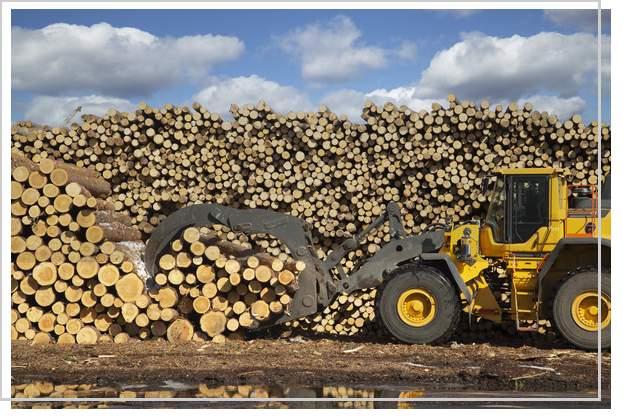The growth of outstanding mortgage debt in the UK has slowed significantly since the credit crunch, rising by just 13 per cent from Q3 2007 to Q3 2015 in comparison to an 140 per cent increase in the eight years prior.
Total mortgage debt in the UK now stands at just over £1.3 trillion. Inflation has played an important role in reducing the effective size of this outstanding debt, with a real term fall of 9.6 per cent.
The limited amount of net additional lending and falling mortgage interest rates means the total residential mortgage interest bill has fallen significantly over the period. At the end of September 2015 it stood at just over £39 billion per annum, the lowest figure since Q1 2004.
On the flip side, the average outstanding mortgage has risen as the number of outstanding mortgages has reduced. Over the past eight years the number of outstanding mortgages has fallen by over 800,000 to just short of 11.1 million, meaning the average outstanding mortgage of £118,613 is 21 per cent higher than it was prior to the credit crunch.
While lenders have shied away from high loan to value lending, loan to income ratios on new lending have risen. The median loan to income ratio on house purchase has gone from 3.17 in Q3 2007 to 3.28 in Q3 2015 across the UK (while in London it has gone from 3.42 to 3.82). This reflects the fact that the proportion of lending at over 3.0 x a single income or 4.0 x a sole income has gone from 36 per cent of relevant new lending in Q3 2007 to 46 per cent in Q3 2015.
So should we be worried about rising interest rates?
Risks are limited by the mortgage regulation introduced to prevent unsustainable lending, not just by way of the Mortgage Market Review, but also in limiting the amount of debt which lenders can provide at over 4.5 times income. Furthermore, mortgages for house purchase remain at only 56 per cent of the 10-year average pre-credit crunch, with mortgaged home mover numbers particularly constrained.
In London – where we know there is a higher proportion of high LTI mortgages – these mortgages for house purchase are at a slightly higher figure of 60 per cent, though there are signs they have topped out with the numbers in Q3 2015 down 8.7 per cent year on year. This shows the rise in the average level of outstanding mortgage debt is increasingly due to a confinement of mortgaged homeowners to more affluent households. Meanwhile, growing numbers of high loan to income ratio mortgages are offset as they remain a relatively small proportion of total mortgaged owner occupiers.
Overall the mortgage interest paid by the average mortgaged owner occupier is just £3,625 per annum. Each 0.25 per cent interest rate rise will add £297 to the average annual amount of interest paid by a mortgaged home owner, though the immediate effect of this is limited by the fact that 47 per cent of outstanding mortgages are on fixed rates.
Ignoring the effect of these fixed rate mortgages, rates would have to increase by 1.8 per cent before mortgage interest costs got back to their 2007 level. This indicates rising interest rates are more likely to act as a drag on house price growth than result in a significant lift in mortgage arrears which might disrupt the market – unless the base rate unexpectedly rises steeply.
The sector most exposed to interest rates is the mortgaged buy-to-let market, where the progressive restriction on tax relief for mortgage payments is likely to coincide with increasing costs of borrowing. Our analysis shows those with average levels of gearing should still be able to make a cash surplus in 2020, though it is likely to restrict their ability to expand and will mean some of those who are more highly geared will look to rationalise their portfolios.
Further information
Visit Savills Residential Research
(1).jpg)
.png)
.jpg)
.jpg)




(1).jpg)
.jpg)
